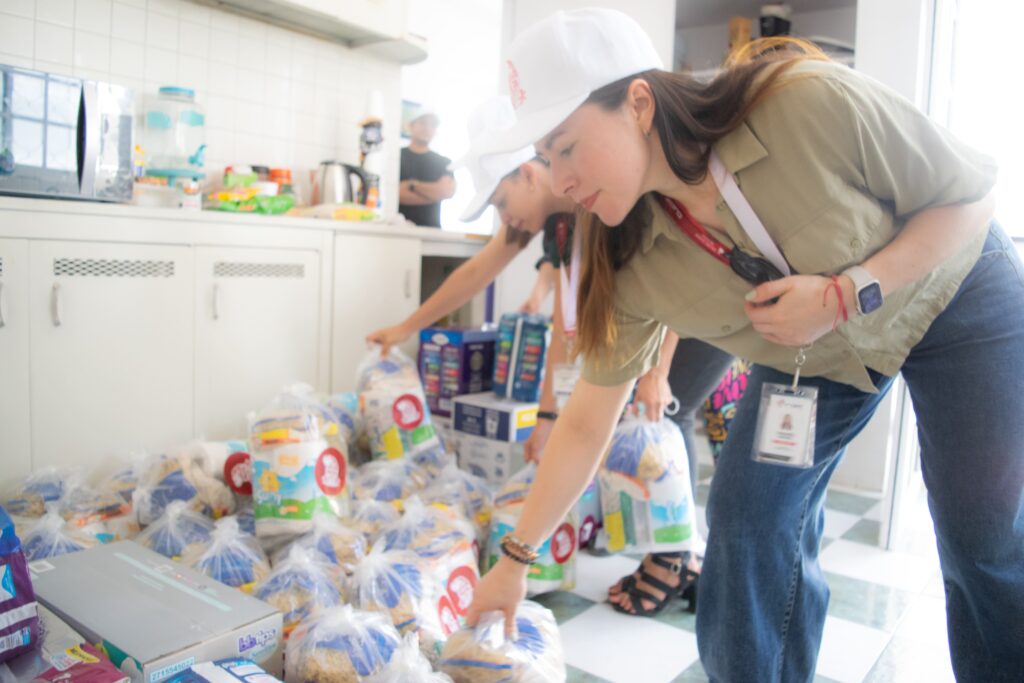Textile exports from Mexico to the United States represent a significant part of international trade between the two countries, standing out for their economic impact and contribution to the Mexican manufacturing sector. This article explores the current panorama of these exports, providing concrete data that underline the importance and dynamism of this commercial relationship.
Market Growth and Size:
Mexico's textile exports to the United States have experienced significant growth in recent years. According to data from Canaintex, in the 2023Mexico exported textiles for a total value of $9,261 million dollars, of which, the 91% of textile and apparel exports were destined for the United States. (8,429 Mdd), demonstrating the strength and competitiveness of the Mexican textile sector in the U.S. market.
Main exported products:
The most exported Mexican textiles to the United States include a wide variety of products, from apparel to home textiles and industrial products. Among the most prominent products are cotton T-shirts, jeans, underwear, as well as textiles for curtains, bedding and upholstery. These products are valued not only for their quality and design, but also for their geographical proximity, which allows for fast and efficient delivery times.
Economic Benefits and Competitiveness:
The U.S.-Mexico trade relationship in the textile sector not only benefits both economies, but also strengthens regional competitiveness. Mexico, with its skilled labor force and competitive labor costs, offers a significant advantage in terms of production costs and responsiveness to U.S. market demand. This translates into a greater attraction of foreign investment and a boost to employment in the Mexican manufacturing sector.
Impact on Employment and Industrial Development:
Textile exports play a crucial role in job creation and industrial development in Mexico. Thousands of workers throughout the country are involved in the production, manufacturing and export of textiles to the United States, contributing significantly to local and regional economic growth. In addition, the Mexican textile sector fosters innovation and continuous process improvement to maintain its competitiveness in the global marketplace.
Challenges and Future Opportunities:
Despite the obvious benefits, the textile sector faces challenges such as global competition and changes in international trade policies. However, these same conditions offer opportunities to diversify product offerings, explore new markets, and strengthen vertical integration within the textile supply chain. U.S.-Mexico cooperation in trade and industrial development is critical to address these challenges and take advantage of emerging opportunities.
Textile exports from Mexico to the United States are not only a fundamental pillar of bilateral trade, but also an example of the economic complementarity between the two countries. With sustained growth, a diversified product offering and a positive impact on employment and industrial development, the Mexican textile sector continues to strengthen its position in the international marketplace. As global dynamics evolve, strategic cooperation and innovation will remain key to ensuring a prosperous and sustainable future for this important industry.
OpenAi (2024) / Canaintex.org.mx








